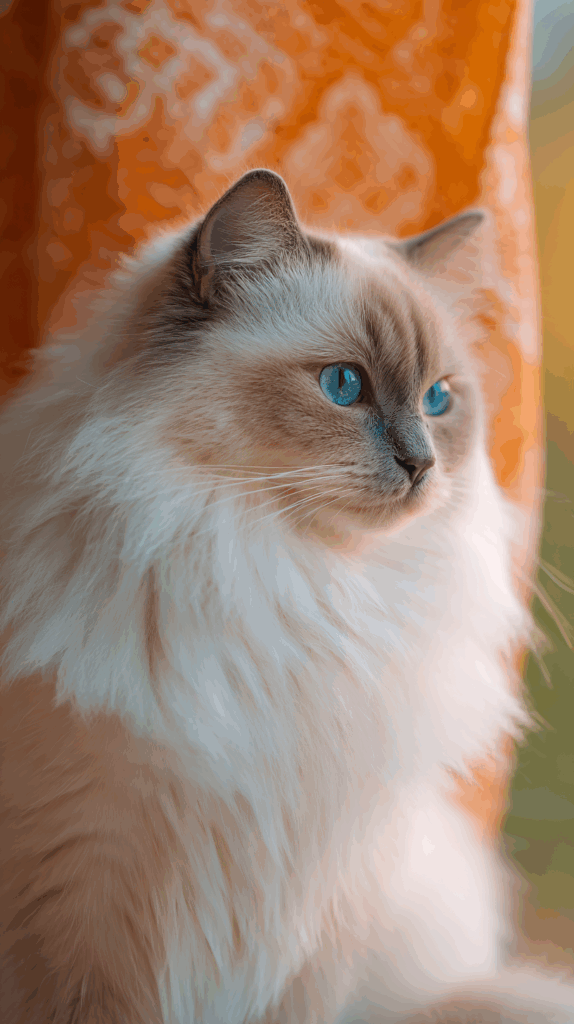
Flame Point Ragdoll vs. Other Ragdoll Colors
When people first discover the Ragdoll breed, one of the first questions they ask is: what’s the difference between all the colors?
Among them, the Flame Point Ragdoll stands out for its brightness and rarity, but understanding how it compares to other color varieties helps buyers choose the right match for their home.
Below is a breakdown of how Flame Points differ from Seal, Blue, Chocolate, Lilac, Cream, and Tortie Point Ragdolls, both visually and genetically. Read the Flame Point Ragdoll Guide for an in depth explanation about the flame point color genetics.
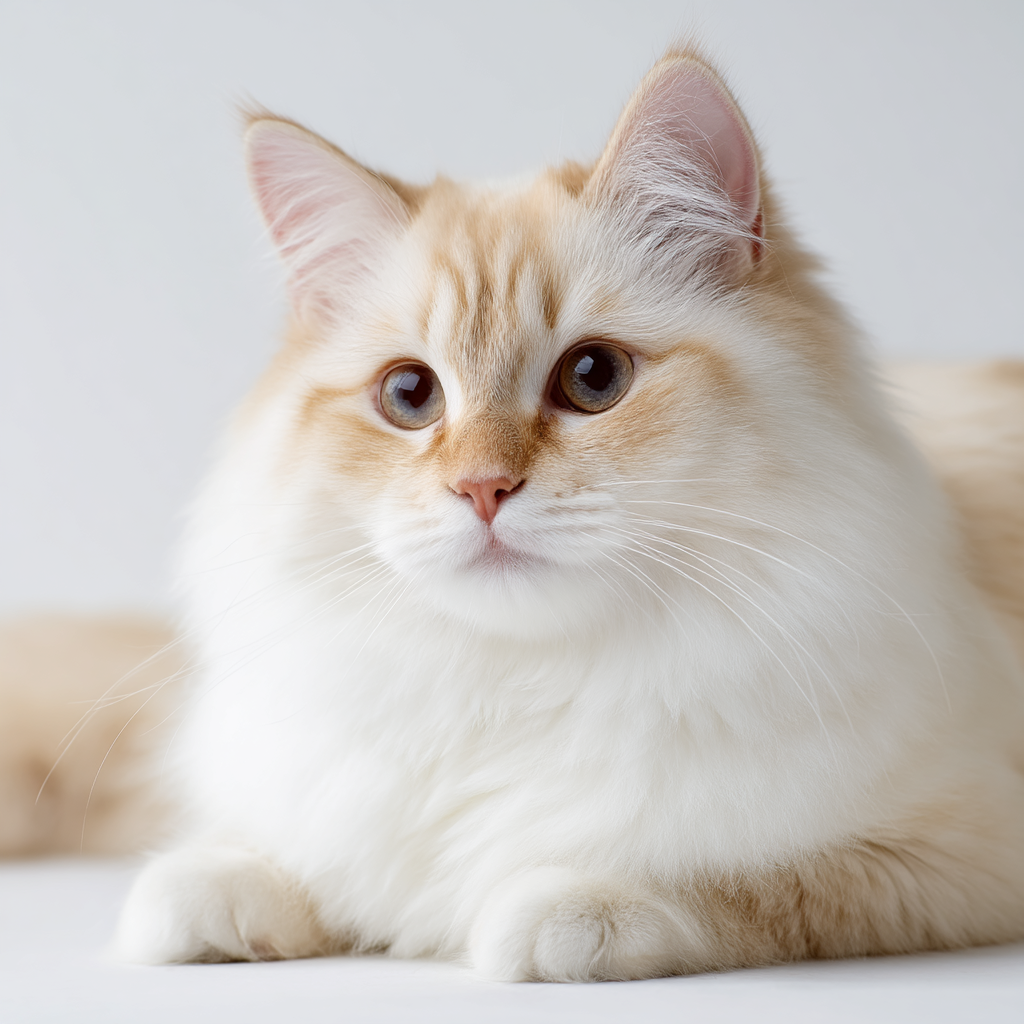
1. Flame Point Ragdoll (Red Point)
Base Color: Ivory or cream body with orange-red points on the face, ears, paws, and tail.
Eye Color: Deep blue.
Genetics: The orange (O) gene on the X chromosome replaces black pigment with red pigment.
Rarity: Rare — especially females.
Temperament Pattern: Outgoing, confident, people-oriented.
Flame Point Ragdolls often appear lighter as kittens, gradually gaining color until around 12–18 months. They can range from pale apricot to rich copper, with the face and tail usually showing the deepest tones. Males are far more common because only one copy of the orange gene is needed to produce the color.
Compared with other Ragdoll varieties, Flame Points visually “glow” and tend to photograph with warm, golden highlights. While their temperament is consistent with the Ragdoll breed, many owners report a playful, puppy-like streak that matches their fiery coloring.
2. Seal Point Ragdoll
Base Color: Cream or beige body with deep brown (seal) points.
Eye Color: Sapphire blue.
Genetics: Full expression of black pigment (no dilution).
Rarity: The most common Ragdoll color.
Temperament Pattern: Balanced, affectionate, calm.
Seal Points are the original Ragdoll color and remain the breed’s benchmark standard. Compared with Flame Points, their appearance is darker and more traditional — often the image people picture when they think of a Ragdoll.
Because seal pigment is dominant, breeders rely on it as the foundation color for other varieties. While Flame Points bring visual warmth, Seal Points convey a classic contrast that shows the colorpoint pattern most clearly.
Key difference: Flame Points have warm orange points, while Seal Points have dark chocolate-brown points. Flame Points tend to appear lighter, especially in photographs and bright rooms.
3. Blue Point Ragdoll
Base Color: Frosty white body with gray-blue points.
Genetics: Diluted form of seal; carries the “d” dilution gene.
Rarity: Common.
Temperament Pattern: Gentle, quiet, and slightly reserved.
Blue Points are cool-toned, giving them a silvery appearance. They’re often described as the calmest Ragdoll color — though temperament is more influenced by individual personality and upbringing than pigment.
In contrast, Flame Points bring warmth to a room both in color and presence. The visual temperature difference between Blue and Flame Ragdolls is striking: where Blue Points appear soft and misty, Flame Points seem sun-lit and lively.
Owners who prefer neutral aesthetics often choose Blue Points, while those drawn to color contrast lean toward Flame or Cream Points.
4. Chocolate Point Ragdoll
Base Color: Ivory body with light milk-chocolate points.
Genetics: Recessive form of seal that reduces pigment intensity.
Rarity: Less common than seal or blue.
Temperament Pattern: Sweet and affectionate; generally similar to Seal Points.
Chocolate Points carry a warmer undertone than Seal or Blue, but they still lack the orange hue seen in Flame Points. Their overall effect is soft and balanced — a beige tone rather than red.
Comparison:
- Flame Point = orange to deep apricot points.
- Chocolate Point = medium brown points with pinkish tones.
Flame Points tend to attract those who prefer brighter coloring, while Chocolates appeal to people who like a smooth, creamy contrast.
See more about Chocolate Point Ragdolls here.
5. Lilac Point Ragdoll
Base Color: White body with frosty pink-gray points.
Genetics: Diluted form of chocolate (carries both “dilute” and “chocolate” genes).
Rarity: Very rare.
Temperament Pattern: Calm, quiet, delicate demeanor.
Lilac Points are the lightest color in the breed. Compared with Flame Points, their tone is cool, pastel, and subtle. Lilac Ragdolls appear almost white as kittens and mature into a soft pink-gray hue.
Flame Points, on the other hand, bring a richer, more saturated warmth. For families deciding between the two, Lilacs are ideal for minimalists who love subtle shades, while Flame Points offer a bolder, warmer look that pops in photos.
View Lilac Point Ragdoll Pics here.
6. Cream Point Ragdoll
Base Color: Pale cream or ivory body with peach-colored points.
Genetics: Diluted version of the red gene found in Flame Points.
Rarity: Rare; slightly more common than pure Flame females.
Temperament Pattern: Gentle and easygoing.
Cream Points are essentially the softer, lighter cousins of Flame Points. They share the same genetic base but carry a dilution gene that reduces pigment strength, turning fiery orange into pastel peach.
When Flame and Cream Points appear together in a litter, the difference can be subtle in early weeks but becomes noticeable as they mature. Breeders sometimes refer to Cream Points as “dilute Flames.”
Main distinction:
- Flame Point = vivid orange points.
- Cream Point = pale, pastel peach points.
Both are prized for their rarity and tend to cost slightly more than standard colors.
7. Tortie Point Ragdoll
Base Color: Mix of red (orange) and a dark color (seal, blue, chocolate, or lilac) on the points.
Genetics: Females only — combination of the red and non-red genes.
Rarity: Uncommon but not as rare as female Flames.
Temperament Pattern: Playful, expressive, and social.
Tortie Points occur when a female inherits one red gene and one dark gene. The result is a mosaic of both colors — red, brown, or cream patches blending across the face, ears, and tail.
Flame Points are genetically simpler (two red genes or one for males), while Torties express both sides of their lineage. Torties are sometimes mistaken for unevenly colored Flame Points, but their markings are more patchy or marbled rather than evenly shaded.
8. Mink and Sepia Variants (All Colors)
Ragdolls also come in Mink and Sepia coat types, which modify the traditional colorpoint look.
- Mink Ragdolls have a richer, darker body color with aqua eyes.
- Sepia Ragdolls are even darker and can have green or gold eyes.
While these types can technically occur in any color, including red and cream, traditional registries like CFA and TICA only recognize the blue-eyed “pointed” version.
A Flame Point Mink Ragdoll will appear more vividly orange overall, while a Seal Mink looks like a dark chocolate version of the standard Seal Point. See more about Seal Point Ragdoll here.
9. Temperament Comparisons Across Colors
Although all Ragdolls share similar temperaments, color perception often shapes buyer expectations.
| Color | Common Owner Descriptions | Reality |
|---|---|---|
| Seal / Blue | Calm, loyal, balanced | Standard Ragdoll personality |
| Chocolate / Lilac | Sweet, affectionate, docile | Similar to seal but often smaller lines |
| Flame / Cream | Outgoing, chatty, playful | Slightly more vocal but still gentle |
| Tortie | Energetic, expressive | Often lively, varies by individual |
The Flame Point’s reputation for being “extra affectionate” likely comes from its high sociability and attention-seeking behavior. Many red-based cats, regardless of breed, show strong human bonding tendencies — a trait amplified in Ragdolls’ naturally docile temperament. Can Ragdoll cats be tabby? Learn more here.
10. Which Color Is Right for You?
Choosing between a Flame Point Ragdoll and other color varieties depends mostly on visual preference and lifestyle.
- Choose Flame Point if you love rare, bright colors, a warm coat tone, and expressive features.
- Choose Seal or Blue Point if you prefer the traditional Ragdoll contrast and classic look.
- Choose Chocolate or Lilac Point if you want something softer, creamy, and pastel.
- Choose Cream Point if you want a pale, ethereal variation of the Flame.
- Choose Tortie Point if you enjoy cats with unique, patchy markings that look different from every angle.
All color variations share the same Ragdoll qualities — affectionate, intelligent, gentle, and loyal — so color is a matter of personal taste rather than behavior or care difference. See information about Lynx Point Ragdolls here.
Final Comparison Summary
| Color | Warmth | Rarity | Best For |
|---|---|---|---|
| Flame Point | 🔥 Warm | Very Rare | Families wanting a bright, social cat |
| Cream Point | Warm-soft | Rare | Those who love pastels |
| Seal Point | Neutral-warm | Common | Classic Ragdoll lovers |
| Blue Point | Cool | Common | Calm homes and soft palettes |
| Chocolate Point | Neutral-light | Uncommon | Gentle visual contrast |
| Lilac Point | Cool-pale | Rare | Minimalist or soft color themes |
| Tortie Point | Mixed | Uncommon | Buyers who love one-of-a-kind markings |
In summary:
Flame Point Ragdolls stand at the warmest end of the Ragdoll color spectrum — bold, bright, and cheerful. While all Ragdolls share the same affectionate nature, the Flame’s coloring gives it an unmistakable presence. Whether compared to the deep elegance of Seal Points or the frosted pastels of Lilac and Cream, the Flame Point offers something special: a radiant personality reflected right in its coat.
Thinking about a Flame Point kitten?
Read our Flame Point Ragdoll Guide or visit Available Ragdoll Kittens to see current and upcoming litters.
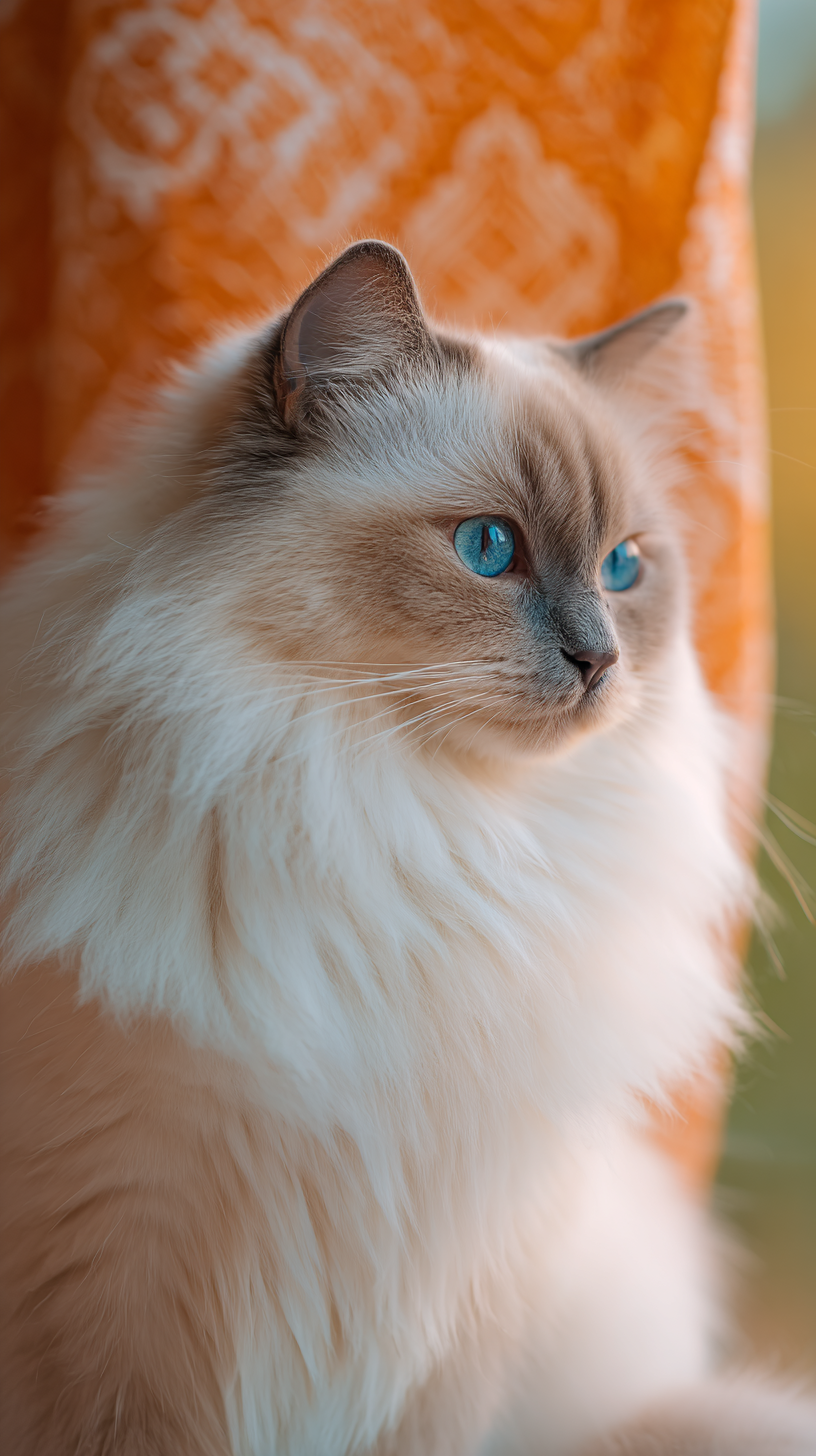
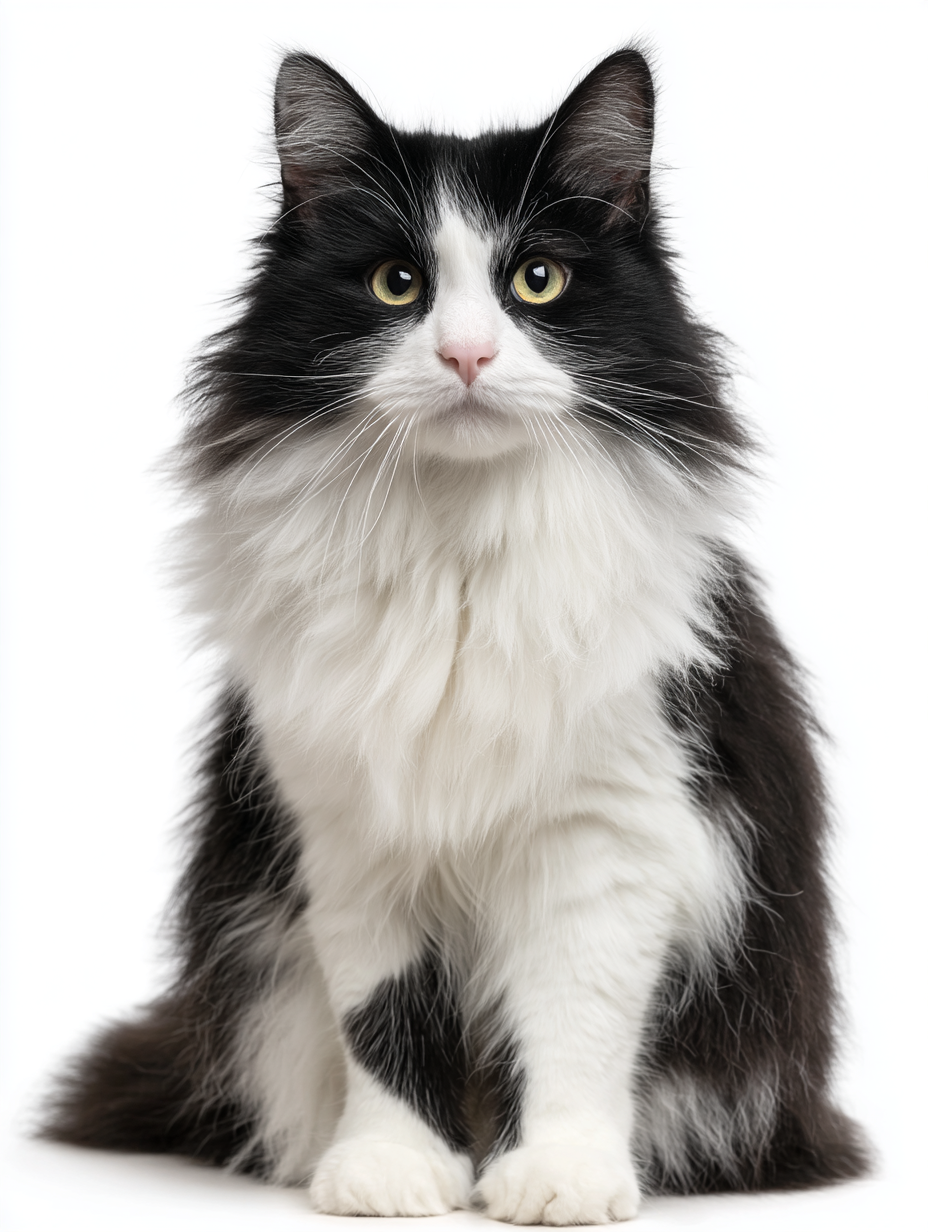
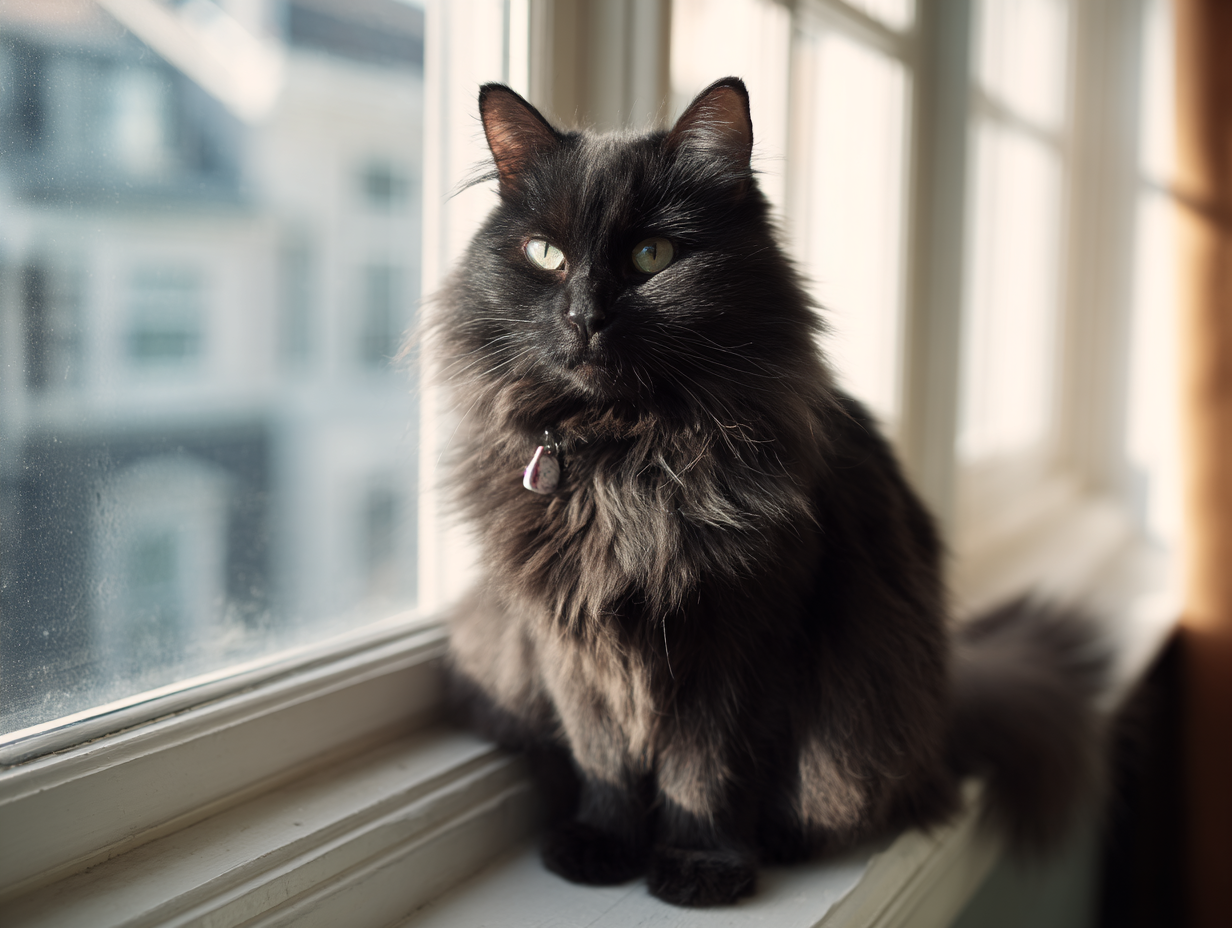
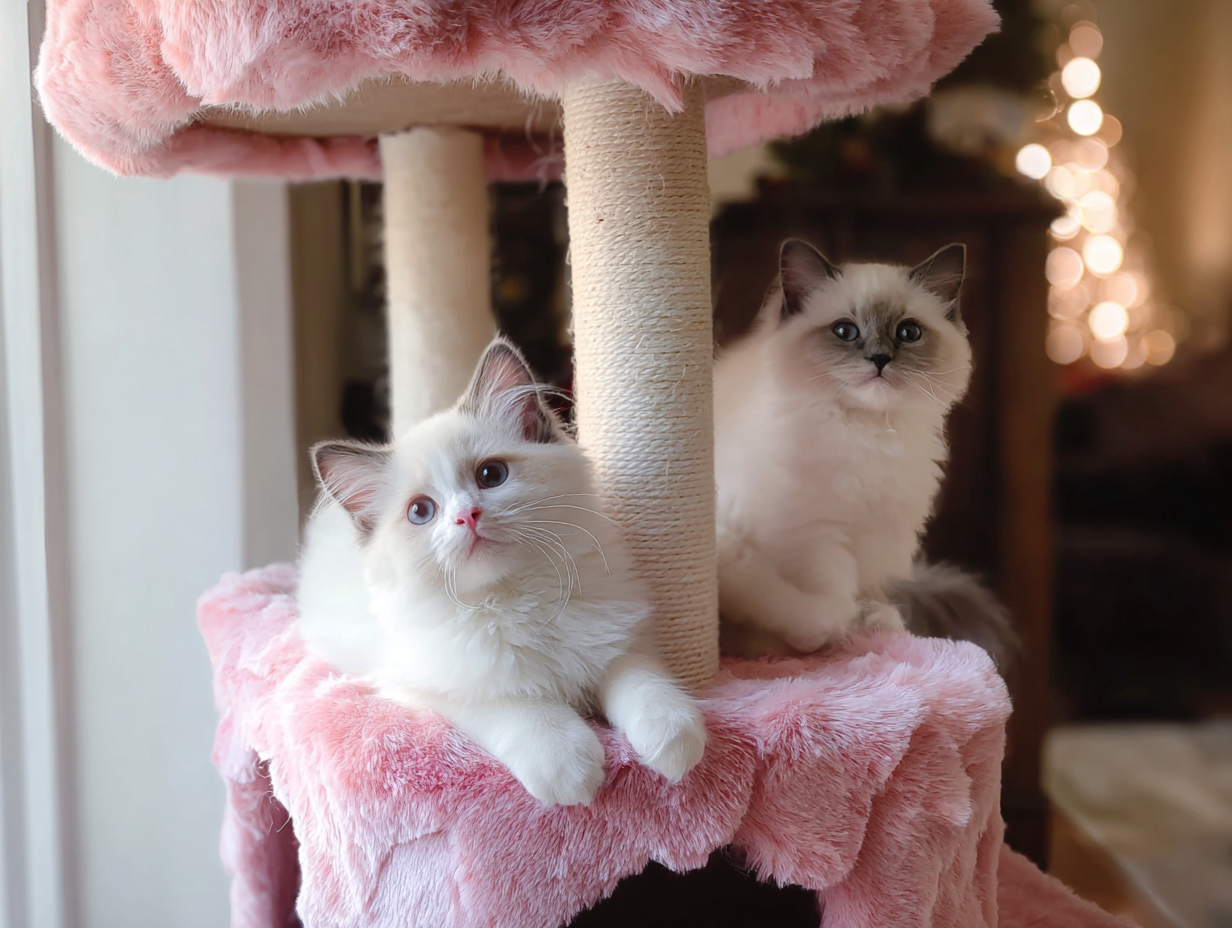
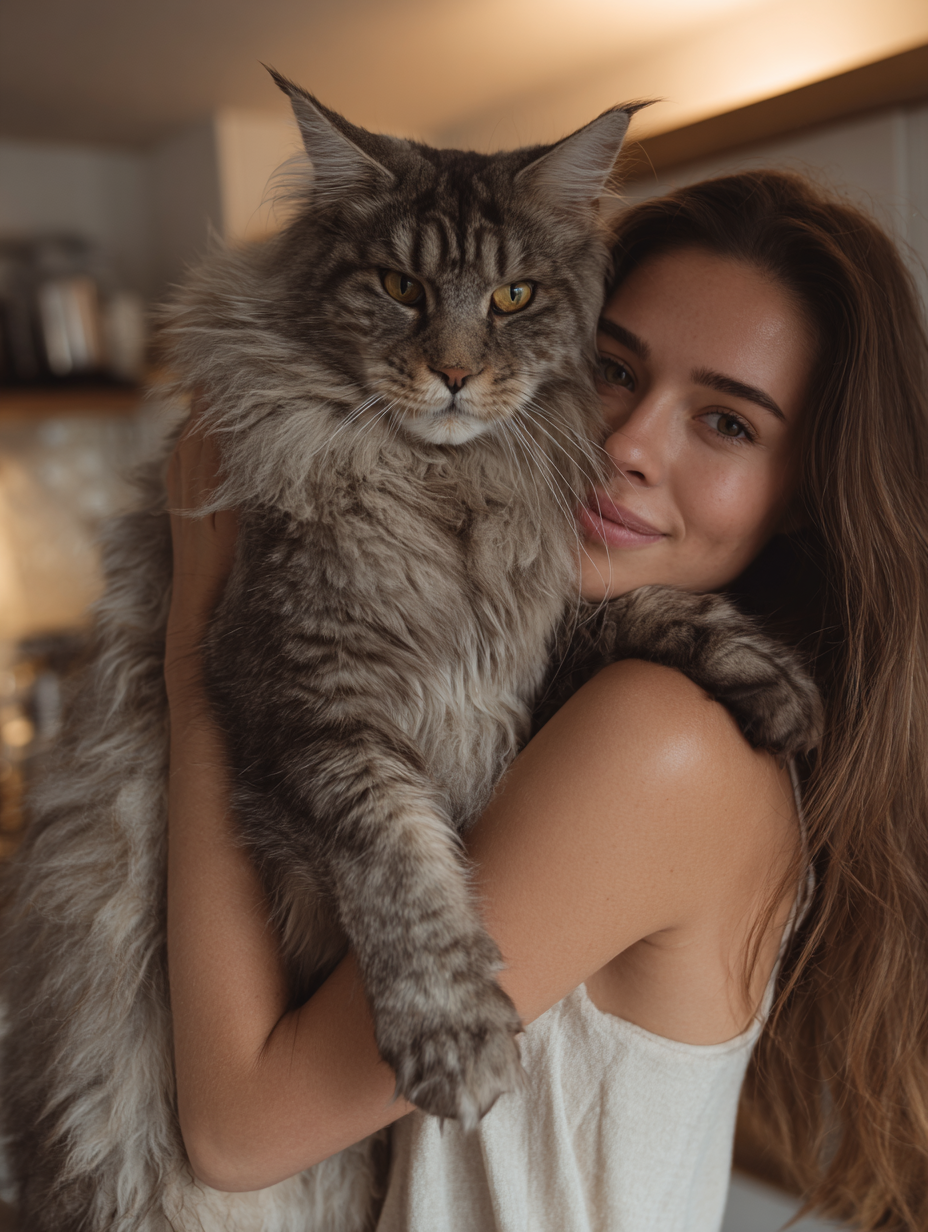

Read the Comments +